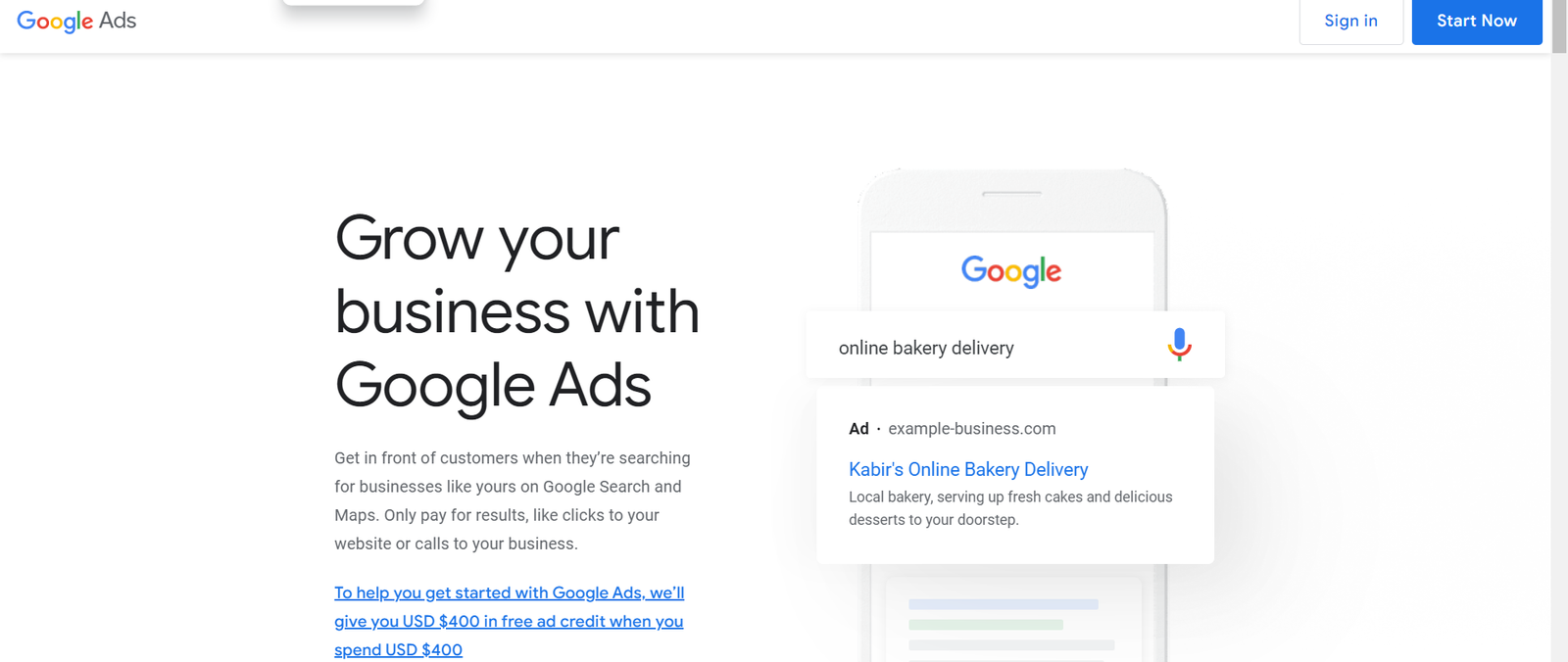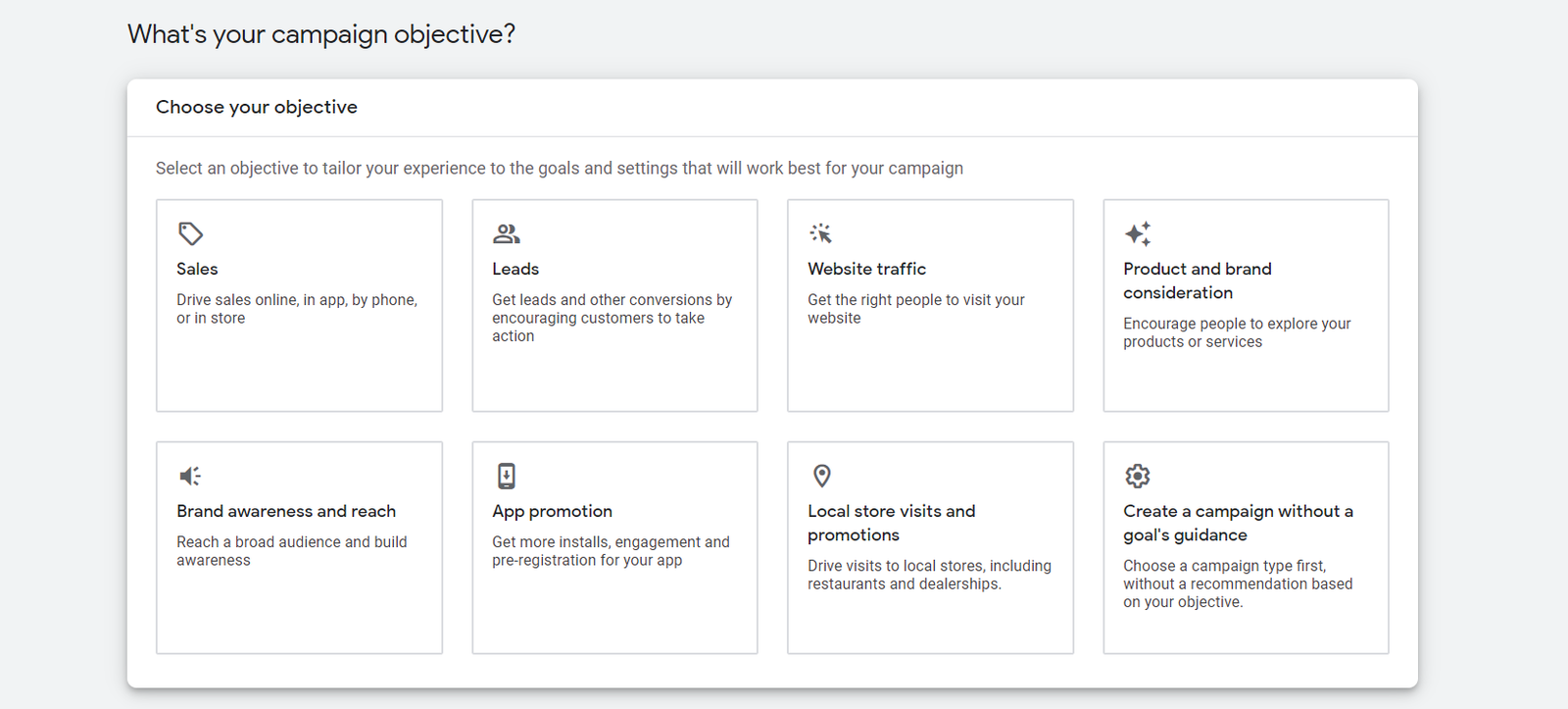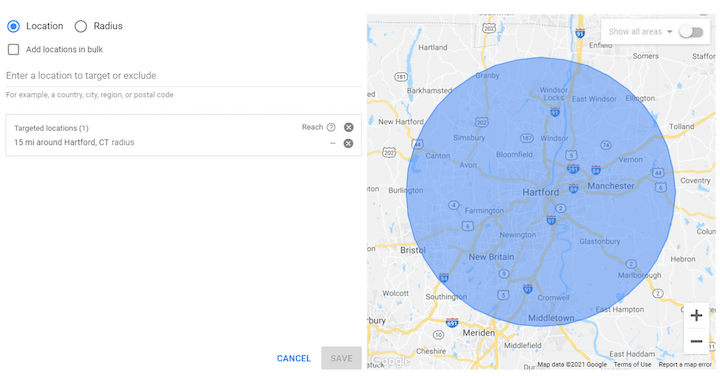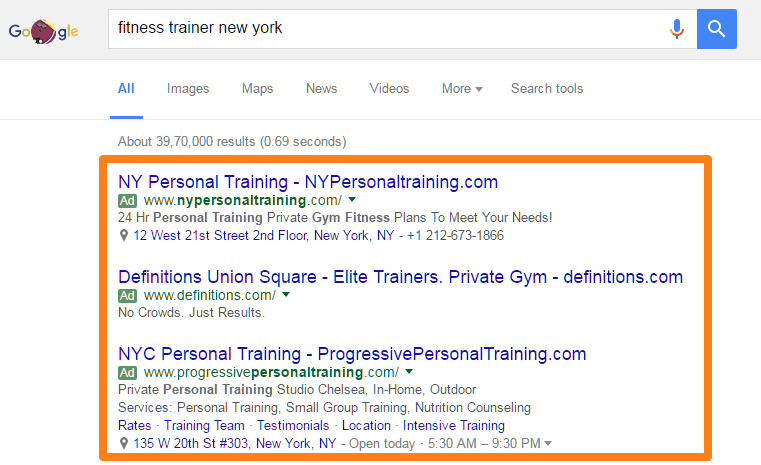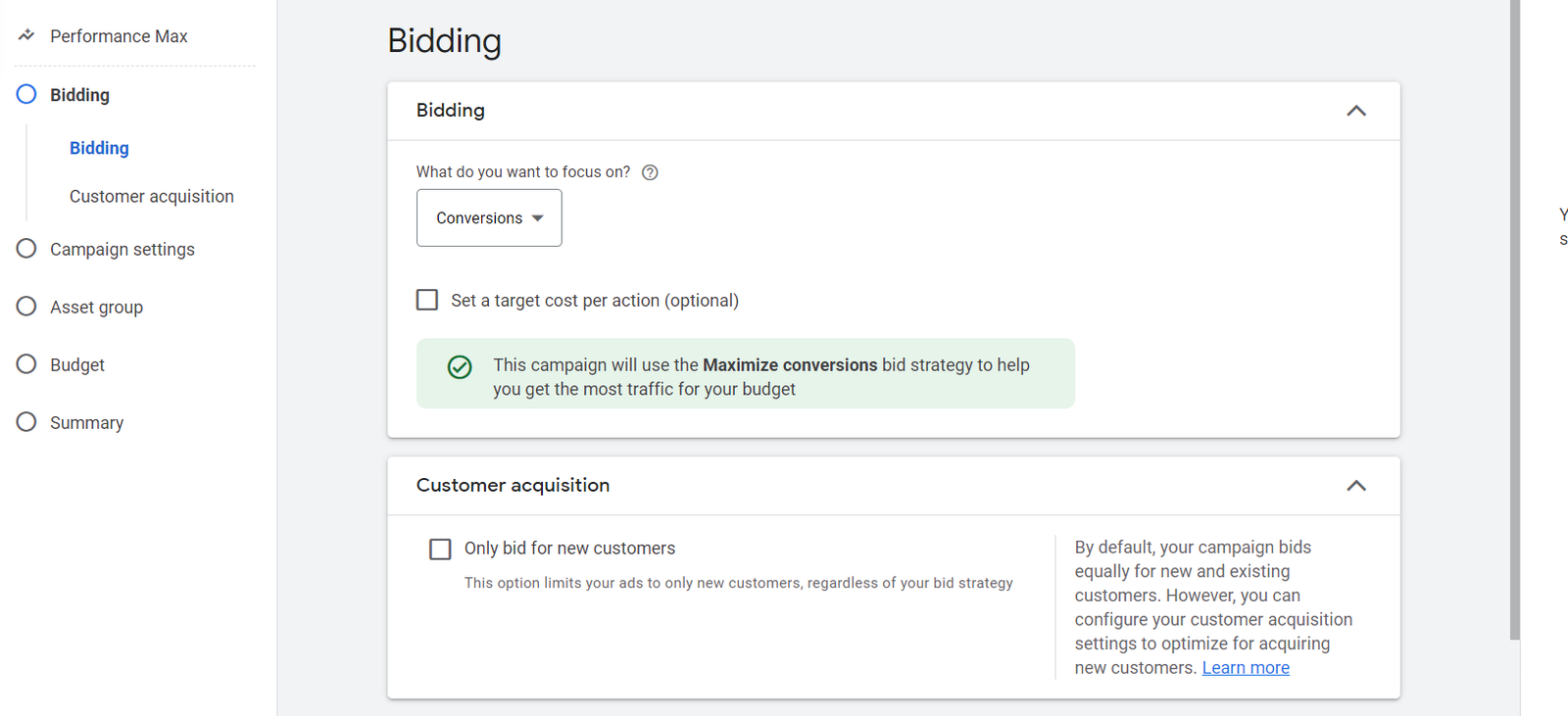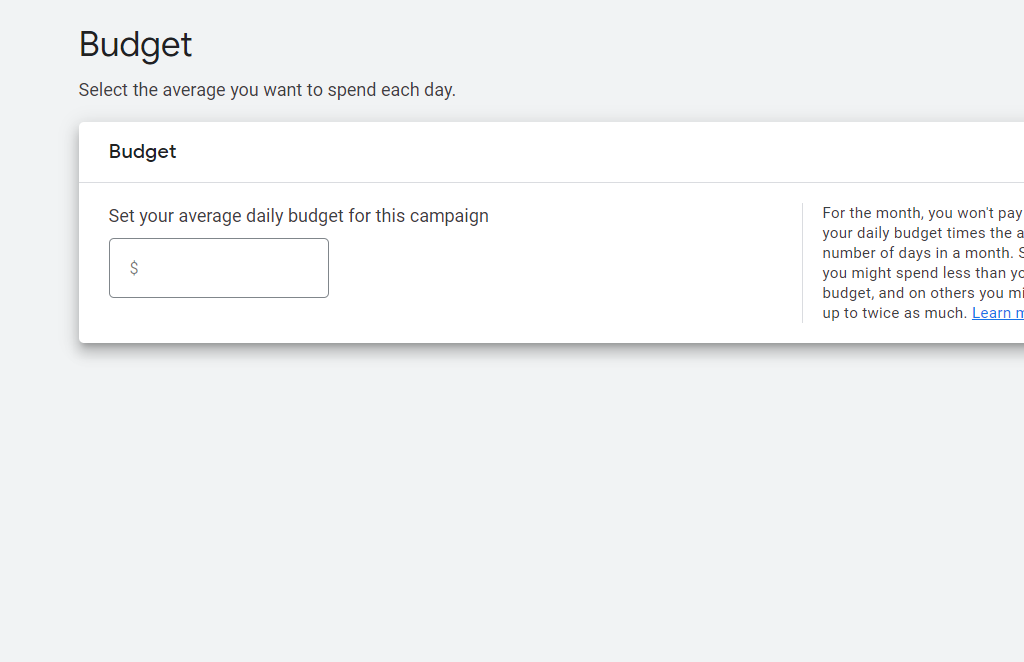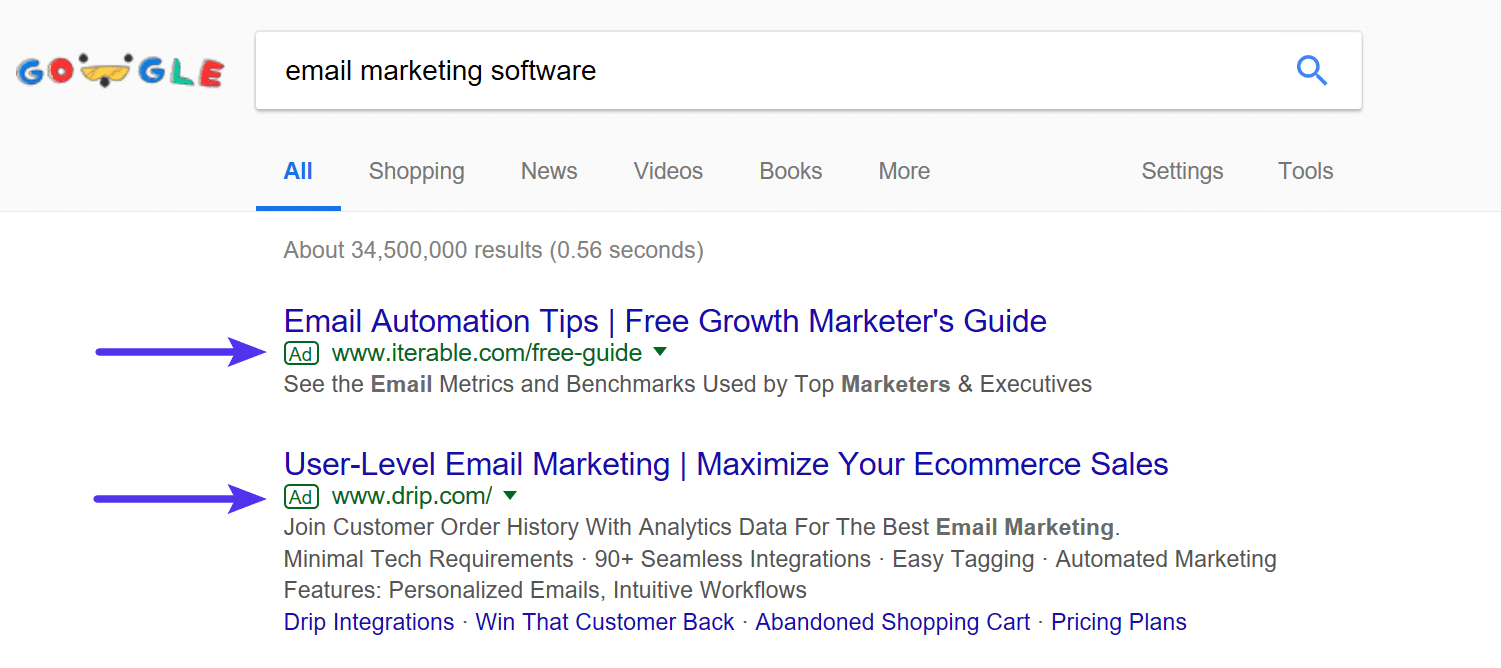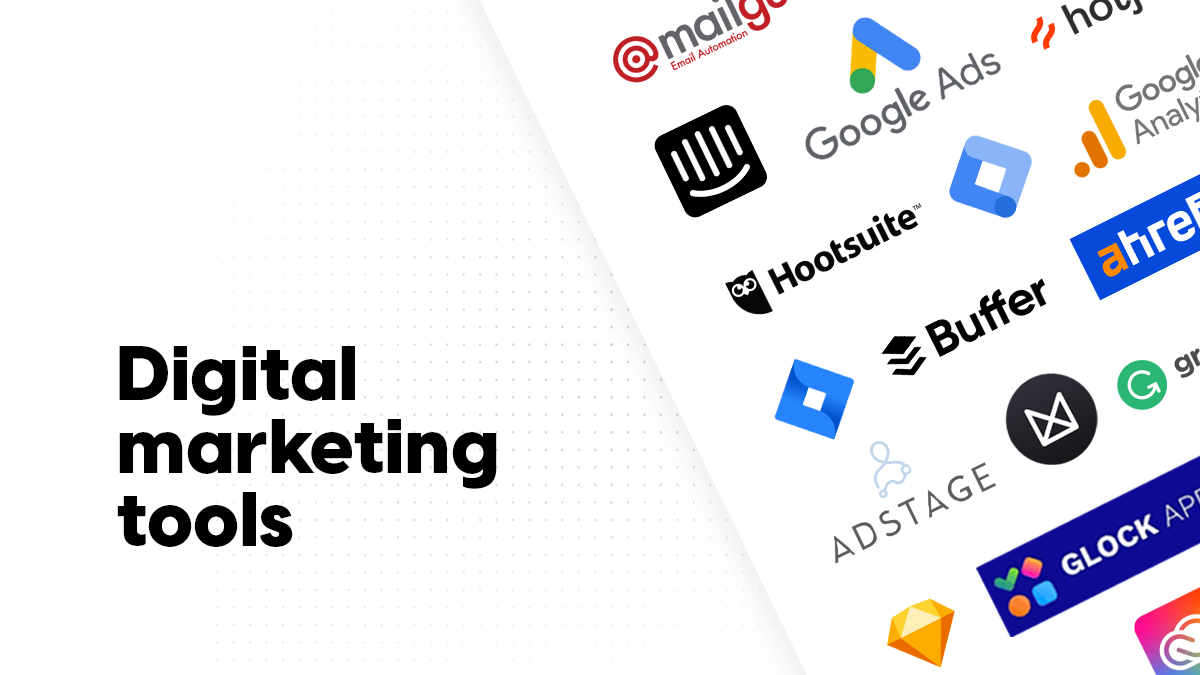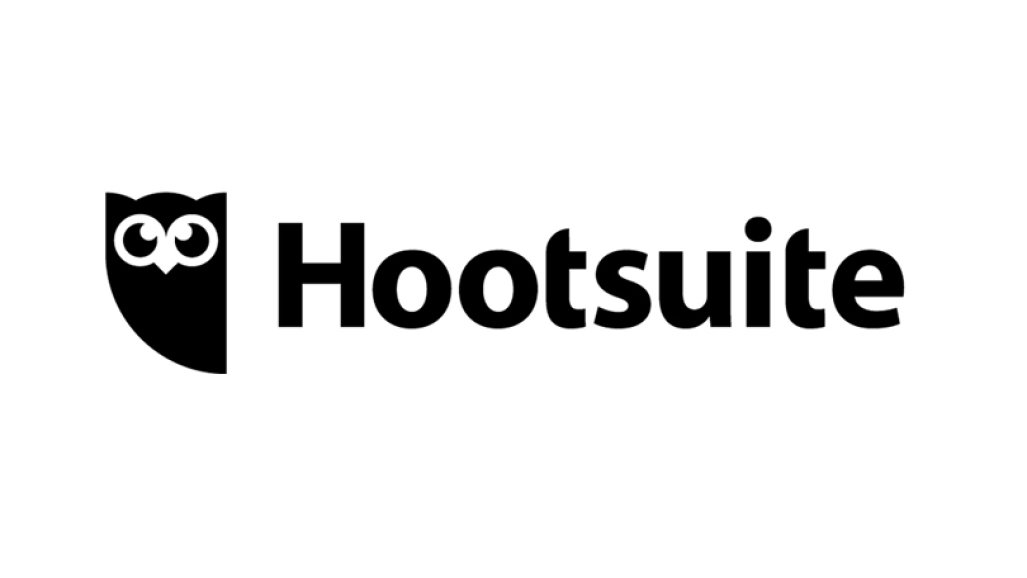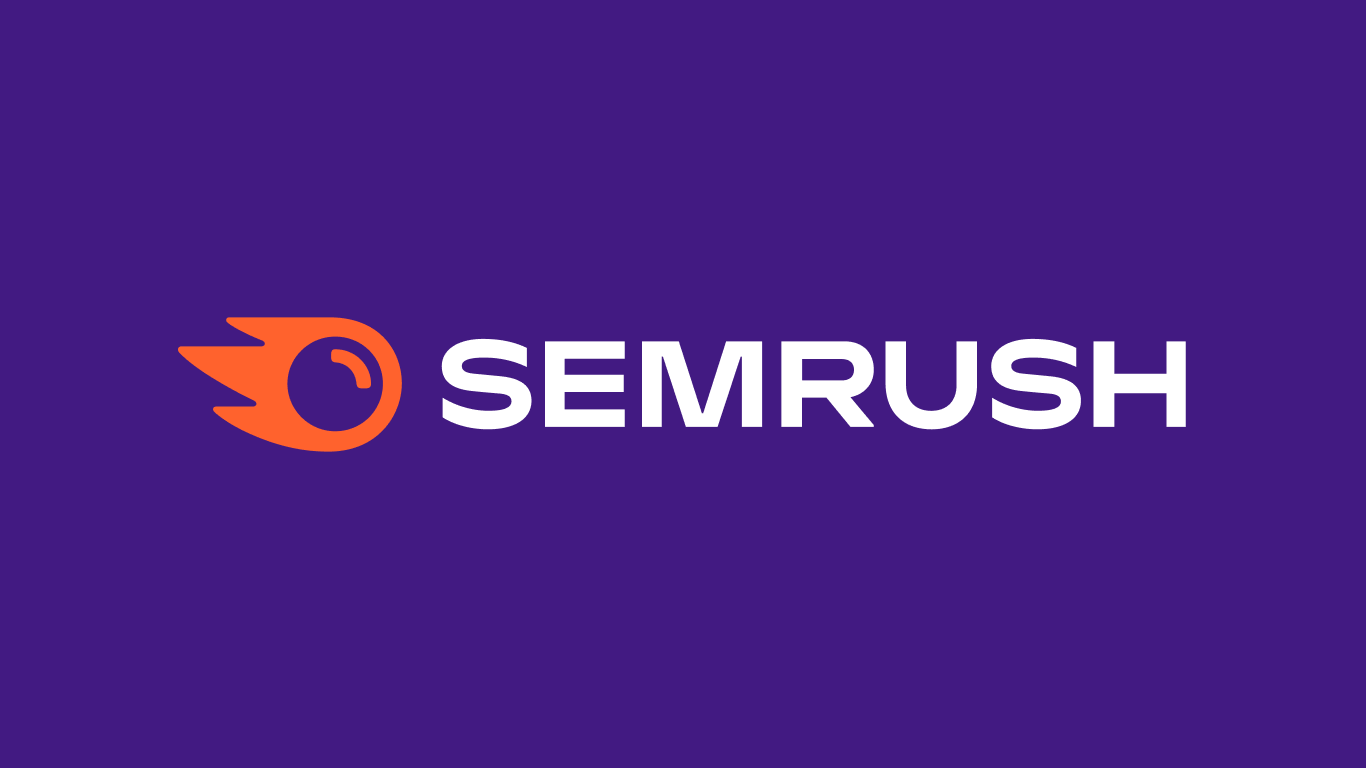What is SEO?
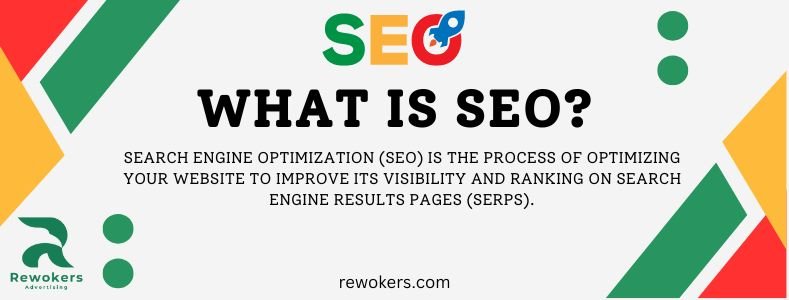
SEO, or Search Engine Optimization, is the practice of optimizing websites and online content to rank higher on search engine results pages (SERPs). The goal of SEO is to increase the quantity and quality of organic traffic to a website by improving its visibility and relevance in search engine results.
Search engines use complex algorithms to determine the relevance and authority of websites and web pages, and then rank them accordingly on SERPs. SEO involves optimizing various elements of a website, including content, keywords, site architecture, backlinks, and technical elements, to improve its search engine ranking.
SEO is an important aspect of digital marketing because it helps businesses drive more traffic to their website, which can lead to increased brand awareness, sales, and revenue. SEO is a continuous process that requires regular attention and optimization, as search engines constantly update their algorithms to provide better search results for users. As a digital marketing agency, Rewokers Advertising provides top-notch SEO services to help businesses increase their online visibility and drive more traffic to their website.
How Search Engines Work?
Search engines like Google, Bing, and Yahoo use complex algorithms to crawl, index, and rank websites. The process starts with crawling, where search engine bots scan your website and its pages. The next step is indexing, where the search engine categorizes your website based on the content, keywords, and metadata. Finally, the search engine ranks your website based on the relevance and authority of your content and its perceived value to the user.
Crawling:
Crawling is the process of discovering and scanning web pages on the internet. Search engine bots, also known as crawlers or spiders, are responsible for crawling websites. These bots start by scanning a few web pages and then follow the links on those pages to other pages, continuing the process until they’ve crawled every page on the internet.
The purpose of crawling is to collect information about websites that search engines can use to index them. Crawlers collect data such as page titles, meta descriptions, header tags, content, and URLs.
Indexing:
Indexing is the process of categorizing and storing web pages after they have been crawled. The search engine algorithm analyzes the data collected during the crawling process and categorizes it based on various factors such as content relevance, keyword density, and site authority.
Once a page has been indexed, it becomes part of the search engine’s database and is available to be displayed on search engine results pages (SERPs) when a user enters a relevant search query.
The Importance of Crawling and Indexing:
Crawling and indexing are essential for the functioning of search engines. Without these processes, search engines would not be able to deliver accurate and relevant results to users. By crawling and indexing, search engines can understand the content of web pages and categorize them in a way that makes them easily accessible to users.
For website owners, crawling and indexing are critical because they determine whether or not your website will be visible on search engine results pages. If a search engine bot cannot crawl your website, your content will not be indexed, and your website will not appear in search results.
To ensure that your website is crawled and indexed properly, it’s essential to follow SEO best practices such as using relevant keywords, optimizing your website’s structure, and building high-quality backlinks.
Key Components of SEO:
SEO is made up of several key components, including on-page optimization, off-page optimization, and technical optimization. On-page optimization involves optimizing the content and structure of your website, including keywords, title tags, meta descriptions, headers, subheaders, and internal linking. Off-page optimization focuses on building your website’s authority through backlinks, social media, and local listings. Technical optimization involves ensuring that your website is technically sound and optimized for search engines, including site speed, mobile responsiveness, and site structure.
1. On-Page Optimization:
On-page optimization refers to the optimization of the content and structure of your website. It includes various elements such as keywords, title tags, meta descriptions, headers, subheaders, and internal linking. By optimizing these elements, you can make your website more attractive to search engines and improve your ranking on SERPs.
1. Keywords:
Keywords are the phrases and words that users use to find content related to their search queries. By including relevant keywords in your content and metadata, you can improve the relevance of your website to the user’s search queries.
2. Title tags and meta descriptions:
Title tags and meta descriptions are short snippets of text that appear in search engine results. By optimizing your title tags and meta descriptions with relevant keywords, you can attract users to click on your website and improve your click-through rate (CTR).
3. Headers and subheaders:
Headers and subheaders help to break down your content into sections and make it easier for users to read. By including relevant keywords in your headers and subheaders, you can improve the relevance of your content to the user’s search queries.
4. Internal linking:
Internal linking refers to linking to other pages on your website. By including internal links in your content, you can improve the user experience and increase the time spent on your website.
2. Off-Page Optimization:
Off-page optimization refers to the optimization of factors outside of your website that can affect your ranking on SERPs. It includes backlinks, social media, and local listings.
1. Backlinks:
Backlinks, also known as inbound links or incoming links, are links from other websites that point to your website. Backlinks are an essential part of off-page optimization and are a critical factor in determining a website’s search engine ranking.
The more high-quality backlinks a website has, the more authoritative and trustworthy it appears to search engines. However, it’s important to note that not all backlinks are created equal. High-quality backlinks come from reputable, authoritative websites that are relevant to your industry or niche.
There are several places where you can post your backlinks to improve your website’s search engine ranking:
I – Guest blogging:
Guest blogging involves creating high-quality blog posts and publishing them on other websites in exchange for a backlink to your website. This strategy not only helps to build backlinks but also helps to establish the website as an authority in its industry.
II – Social media:
Posting links to your website on social media platforms like Facebook, Twitter, and LinkedIn can help drive traffic to your website and improve your search engine ranking.
III – Online directories:
Online directories like Yelp, Yellow Pages, and Google My Business allow you to list your business and include a link back to your website.
IV – Forums and online communities:
Participating in forums and online communities relevant to your industry or niche can help you build relationships and generate backlinks to your website.
V – Infographics:
Creating and sharing infographics with a link back to your website can be an effective way to generate backlinks and drive traffic to your website.
VI – Broken link building:
Broken link building involves finding broken links on other websites and offering to replace them with relevant links to your own website. This strategy requires some research and outreach, but it can be a valuable way to acquire high-quality backlinks.
VII – Resource Link Building:
Resource link building is a link building technique that involves creating high-quality resources and promoting them to other website owners and bloggers in your niche or industry. The goal of resource link building is to acquire links from authoritative websites that will improve your website’s search engine ranking.
The first step in resource link building is to create high-quality, informative content that provides value to your target audience. This can include comprehensive guides, tutorials, research studies, infographics, and other resources that are relevant to your industry or niche.
Once you’ve created your content, the next step is to promote it to other website owners and bloggers in your industry or niche. This can involve reaching out to influencers, participating in industry forums and online communities, and sharing your content on social media.
When promoting your content, it’s important to focus on building relationships with other website owners and bloggers. This can involve offering to promote their content in exchange for a link to your resource, providing testimonials for their products or services, and collaborating on content projects.
Resource link building is an effective way to build high-quality backlinks to your website while providing value to your target audience. By creating informative and engaging resources and promoting them to other website owners and bloggers, you can improve your website’s authority and visibility on search engine results pages.
However, it’s important to note that resource link building requires a significant amount of time and effort. It’s essential to create high-quality content that provides value to your target audience and to build relationships with other website owners and bloggers in your industry or niche. By taking a strategic and consistent approach to resource link building, you can improve your website’s search engine ranking and drive more traffic to your site.
VIII – Link Reclamation:
Link reclamation involves finding mentions of a website on other websites that do not include a backlink and requesting that the website add a link. This strategy can be valuable for recovering lost backlinks and improving a website’s authority and relevance.
IX – Influencer Outreach:
Influencer outreach involves reaching out to influential individuals or websites in an industry and requesting that they link to your website. This strategy can be effective for acquiring high-quality backlinks and establishing relationships with influential individuals or organizations.
2. Social media:
Social media can help to increase the visibility of your website and attract more traffic. By sharing your content on social media, you can reach a wider audience and improve your engagement.
3. Local listings:
Local listings are online directories that list businesses in a specific location. By claiming and optimizing your local listings, you can improve your visibility in local search results and attract more local customers.
3. Technical Optimization:
Technical optimization refers to the optimization of the technical aspects of your website. It includes site speed, mobile responsiveness, and site structure.
1. Site speed:
Site speed refers to how fast your website loads. By optimizing your website for speed, you can improve the user experience and reduce bounce rates.
2. Mobile responsiveness:
Mobile responsiveness refers to how well your website performs on mobile devices. By optimizing your website for mobile, you can improve the user experience for mobile users and increase your visibility in mobile search results.
3. Site structure:
Site structure refers to the organization and navigation of your website. By optimizing your site structure, you can improve the user experience and make it easier for search engines to crawl and index your website.
Benefits of SEO:
The benefits of SEO are many. By optimizing your website for search engines, you can increase your visibility and drive more traffic to your website. SEO can also improve your website’s credibility and authority, resulting in better user experience and higher engagement. Additionally, SEO is a cost-effective way to market your business and attract new customers.
Why SEO is important for your business?
Search engine optimization, or SEO is essential for any business that wants to establish a strong online presence and reach its target audience. Here are some reasons why SEO is important for your business:
Increased visibility: By optimizing your website for search engines, you can improve your website’s visibility on search engine results pages (SERPs). This can help you reach a larger audience and attract more potential customers.
Increased website traffic: When your website appears higher on SERPs, it’s more likely to receive clicks and visits from users. This can help drive more traffic to your website and increase your chances of generating leads or sales.
Higher credibility and authority: Websites that appear at the top of SERPs are often seen as more credible and authoritative by users. By improving your website’s search engine ranking, you can establish your business as a trusted source of information in your industry or niche.
Improved user experience: SEO involves optimizing your website for both search engines and users. This can help improve the user experience on your website by making it easier to navigate and find relevant information.
Cost-effective marketing: SEO is a cost-effective marketing strategy compared to other forms of digital marketing like pay-per-click advertising. By optimizing your website for search engines, you can attract more organic traffic without paying for ads.
Conclusion:
In conclusion, search engine optimization (SEO) is an essential aspect of digital marketing that can help businesses like yours to improve your online visibility, attract more traffic, and establish credibility and authority in their industry or niche.
By optimizing website for search engines and users, businesses can improve their website’s search engine ranking, drive more organic traffic to their site, and ultimately increase their chances of generating leads or sales.
On-page optimization, off-page optimization, technical optimization, crawling, indexing, backlinks, and resource link building are all important aspects of SEO that businesses should consider when developing their SEO strategy.
Furthermore, with the increasing competition in the online market, it’s important for businesses like yours to invest in SEO to stay ahead of the competition and reach your target audience effectively.
Overall, SEO is a cost-effective and essential marketing strategy that businesses cannot afford to ignore. By partnering with a trusted SEO agency like Rewokers Advertising, businesses can develop and execute an effective SEO strategy (Want to know Why SEO must start with strategy?) that helps them achieve their marketing goals and grow their business.
Want to learn “How to Write SEO Friendly blog for your website?” or “Why SEO must Start with Strategy?“
Have Anything In Mind?
Get in touch with us today! We’re always happy to set up a time for us to talk about your digital marketing goals.





